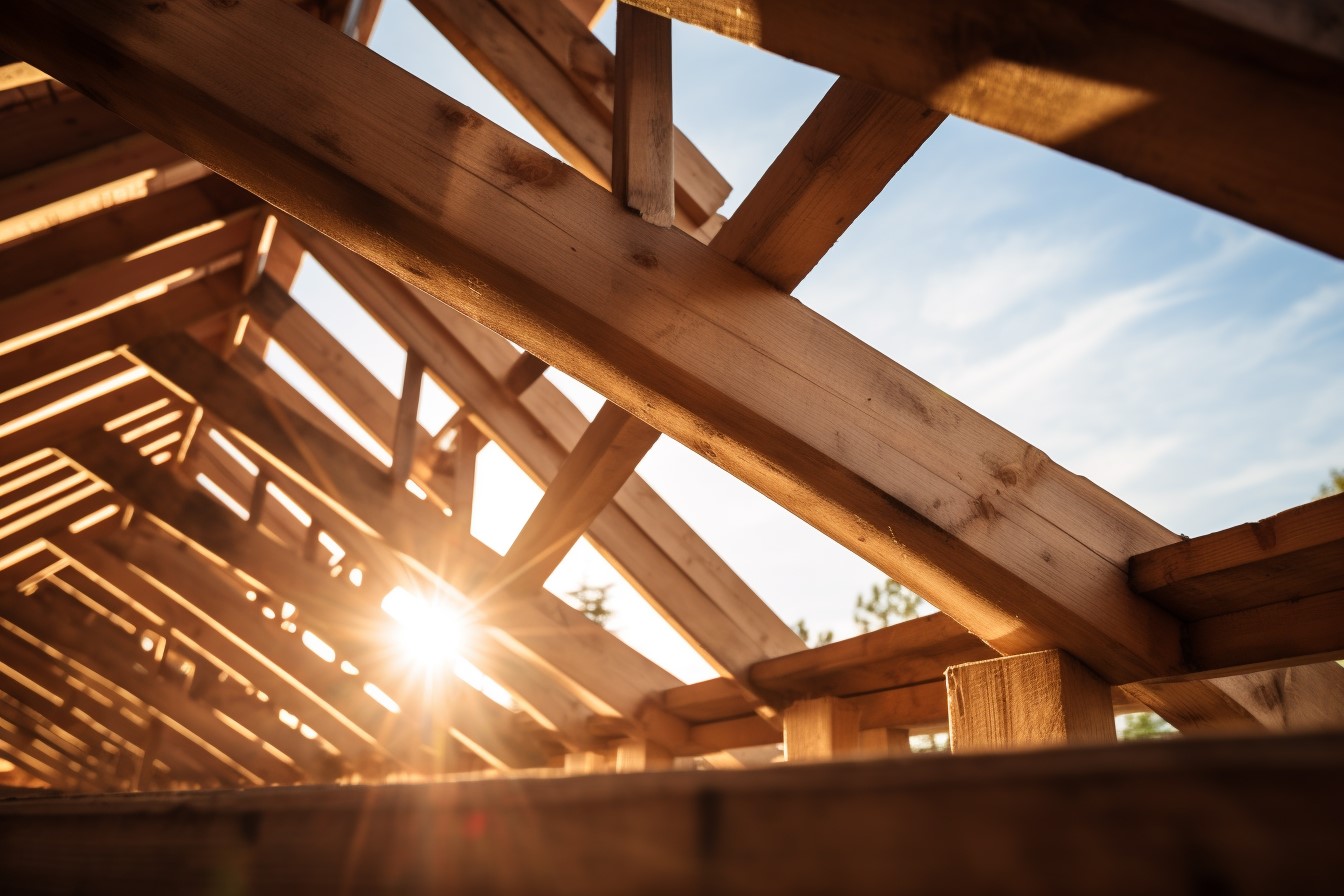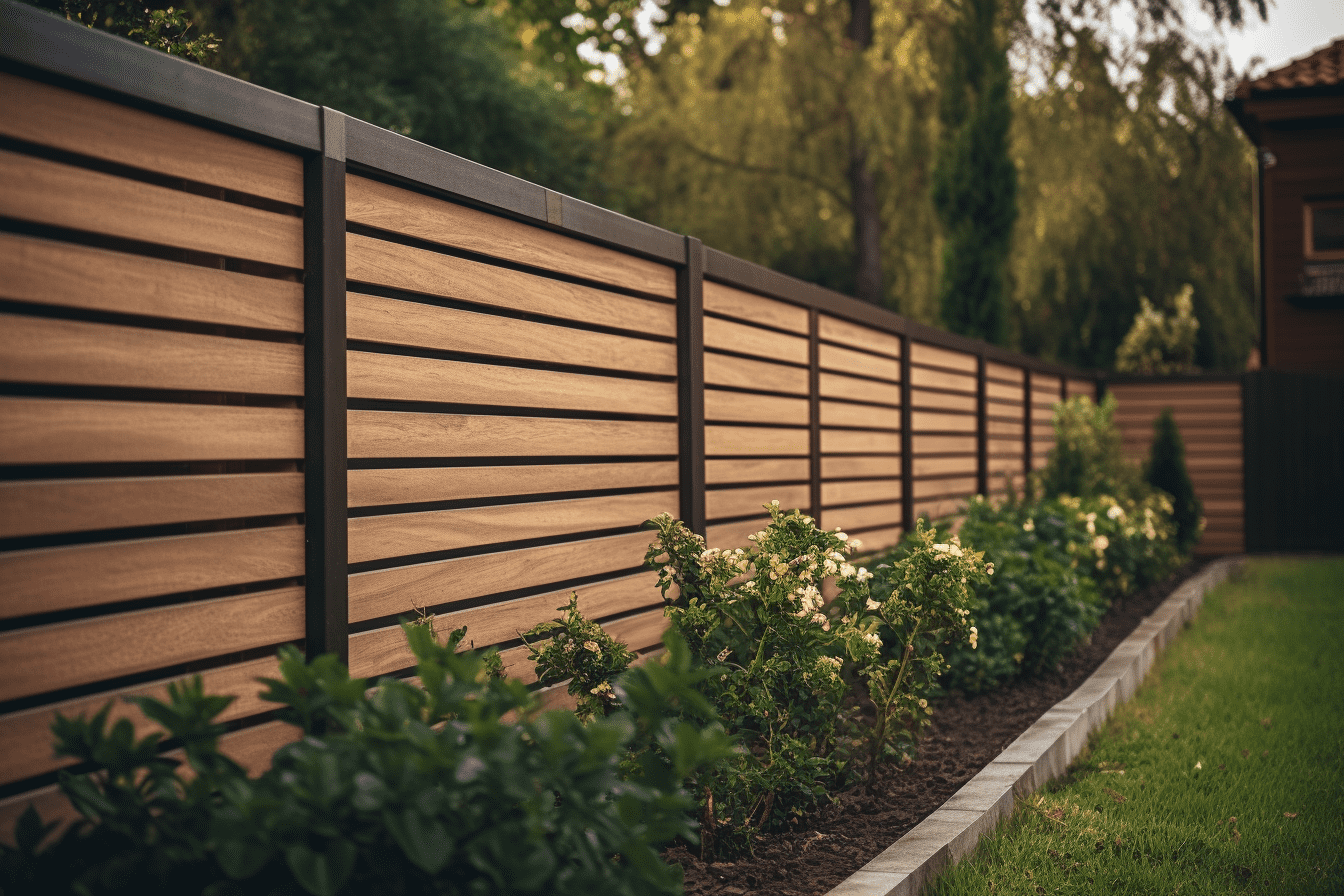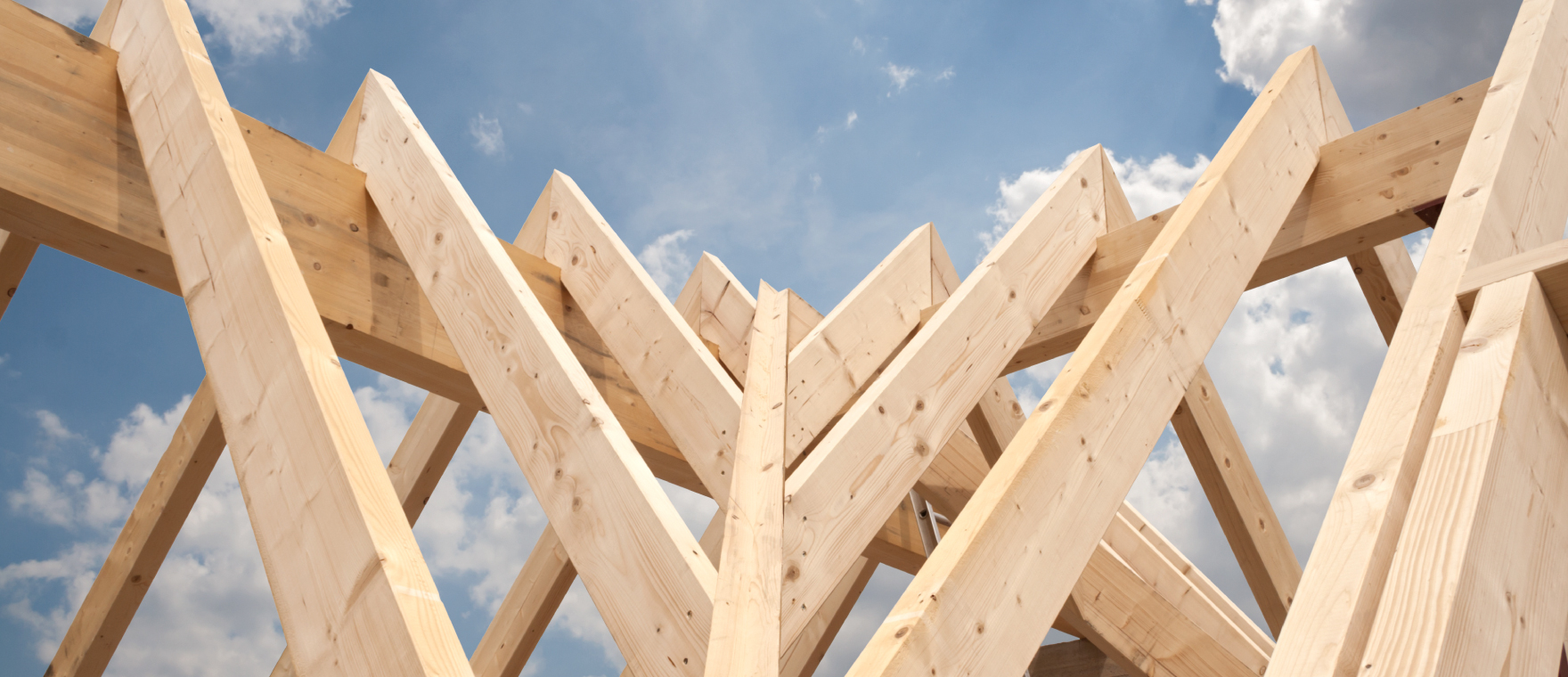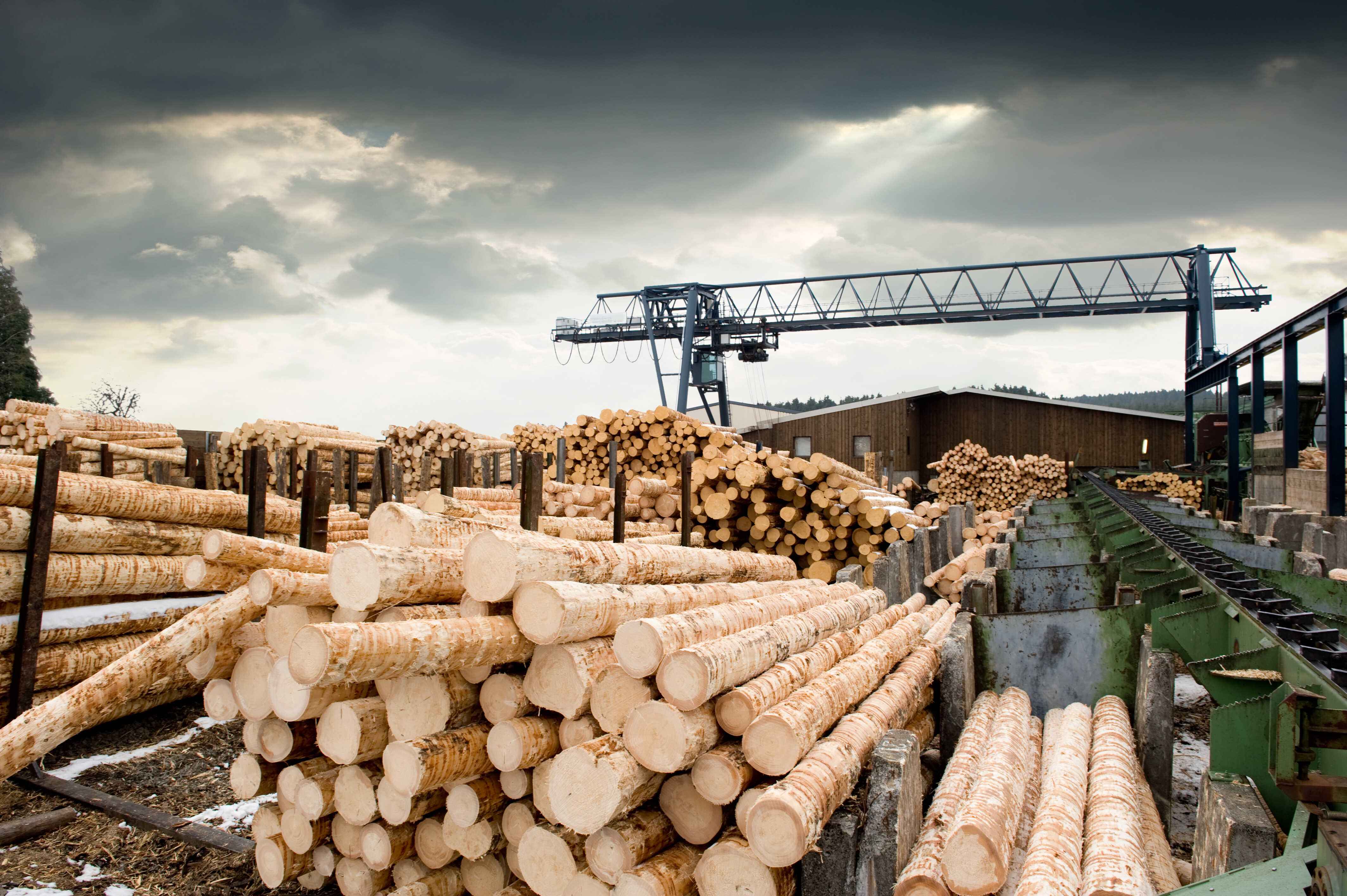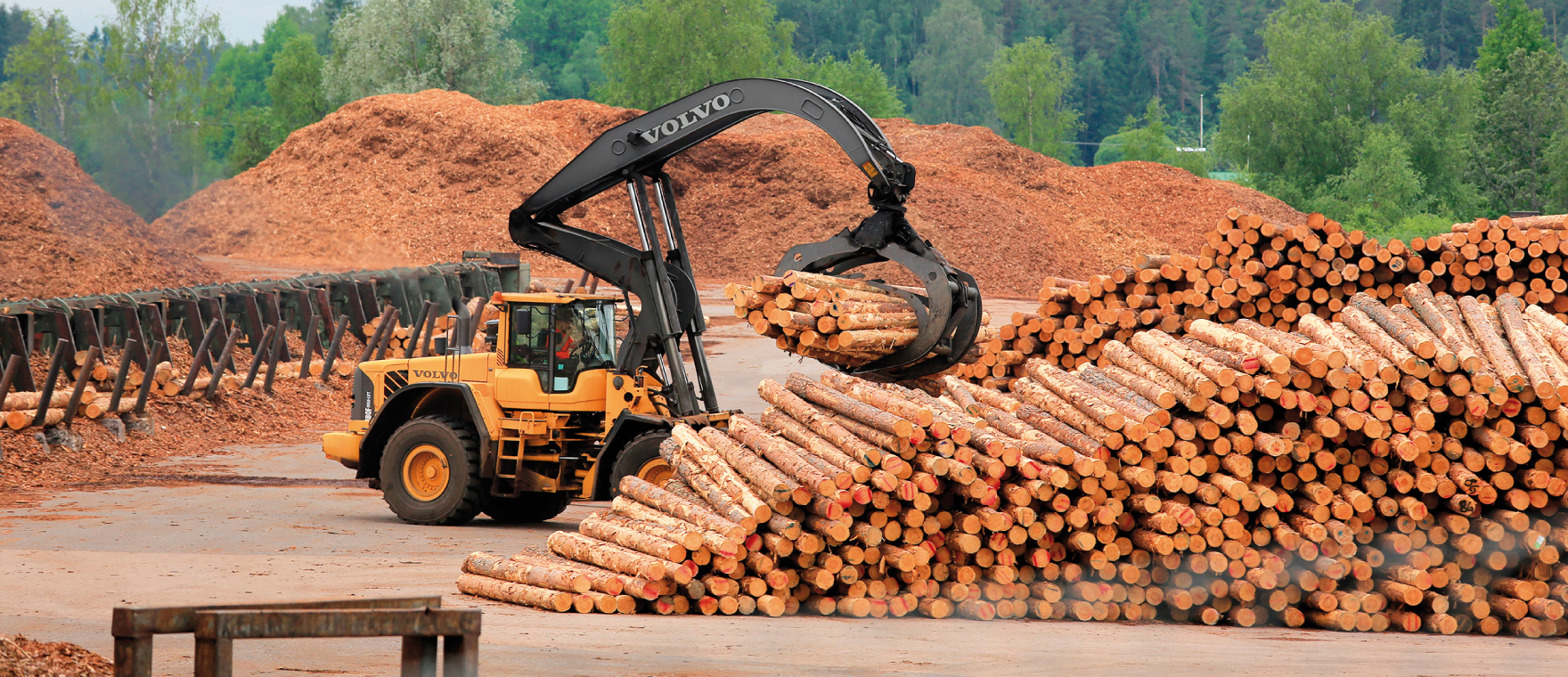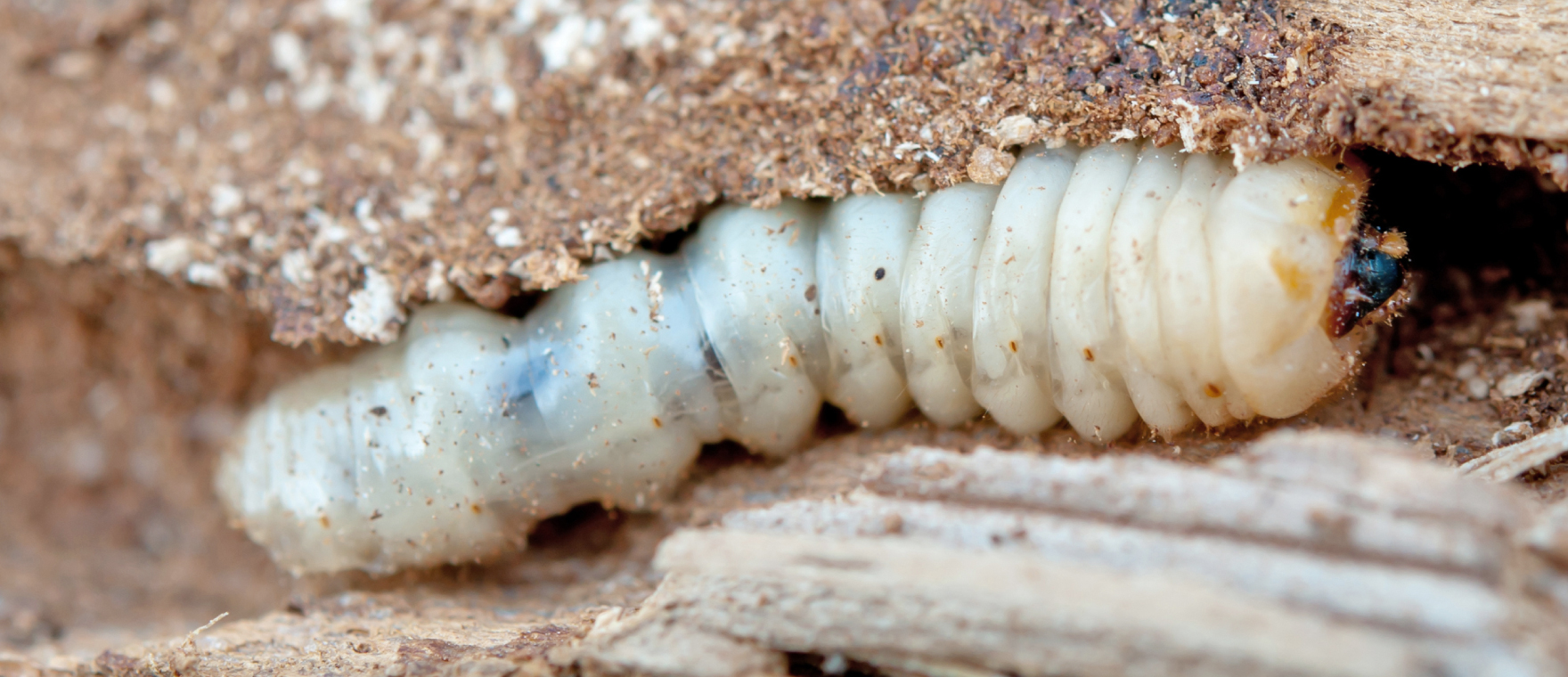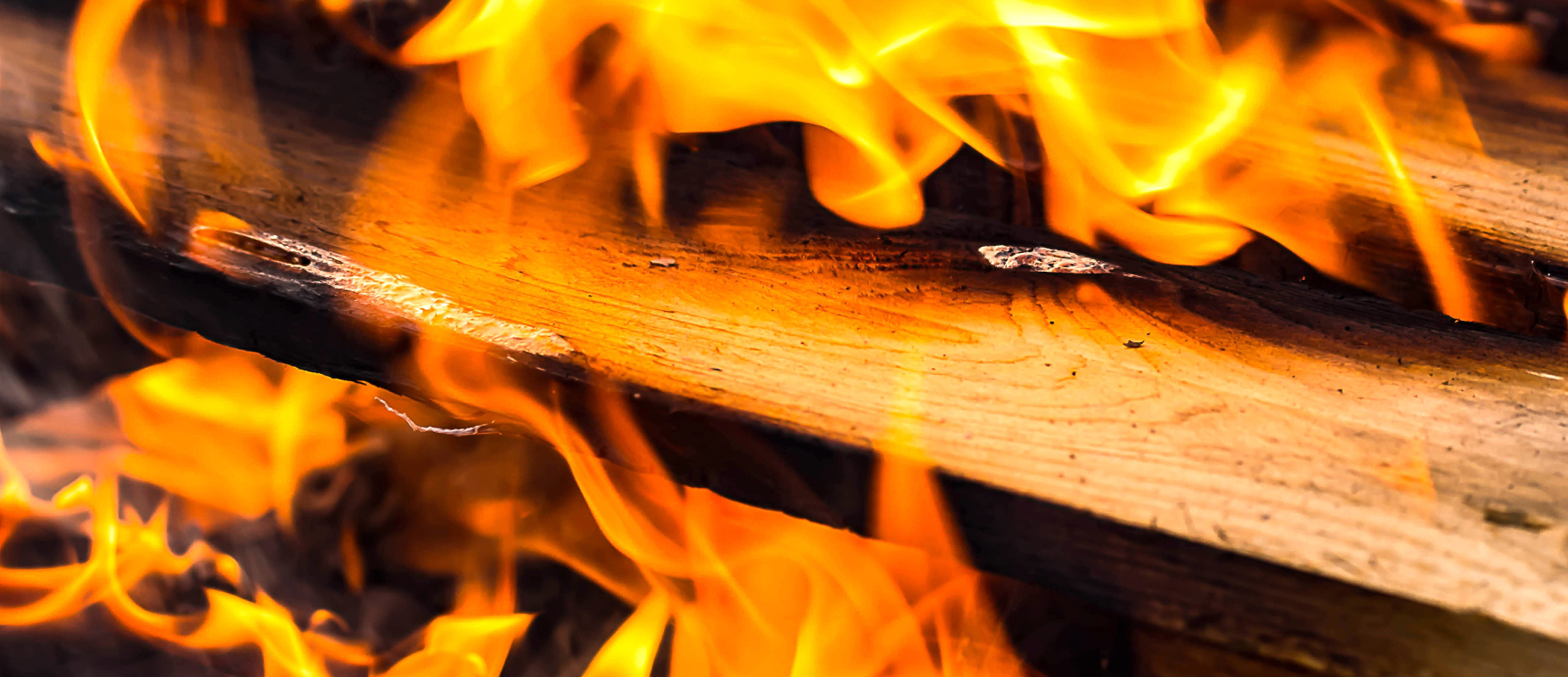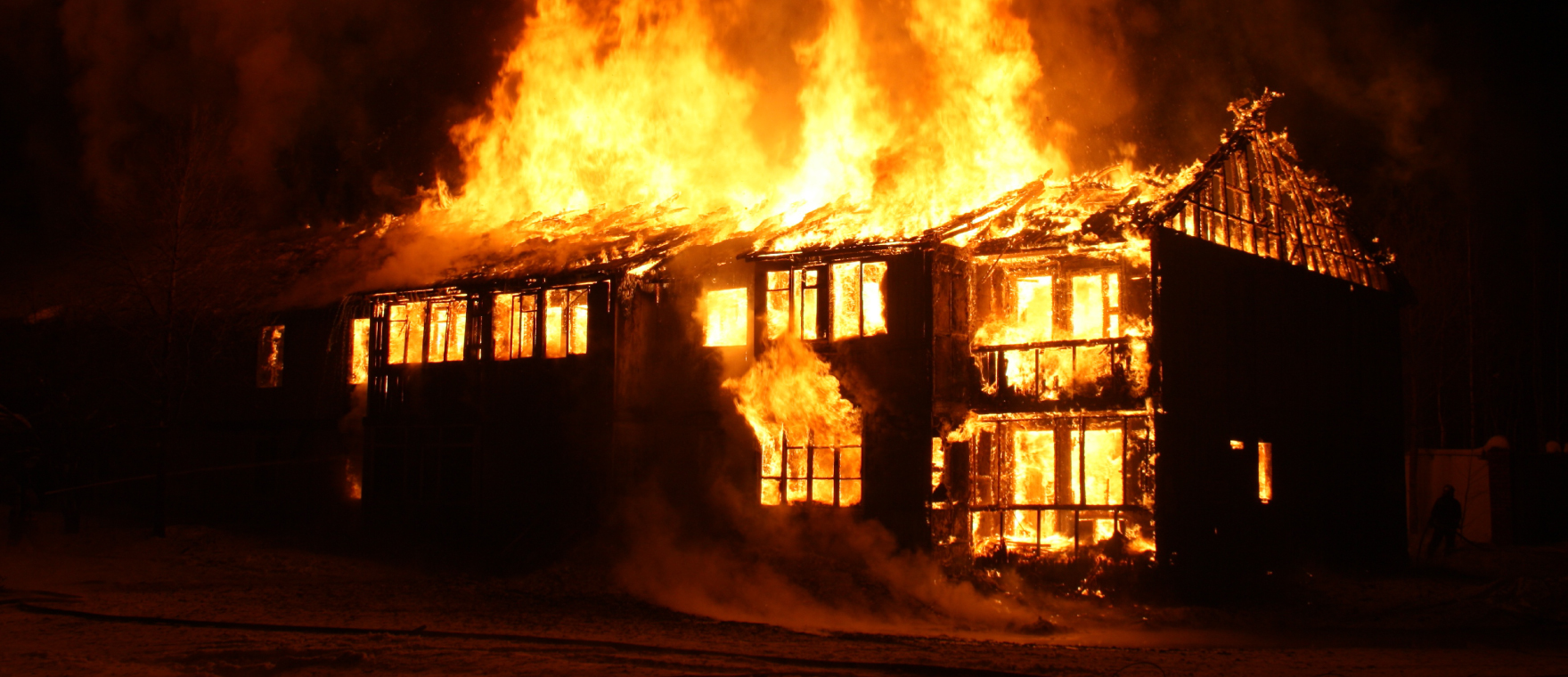- Wood protection
- About Impregnation
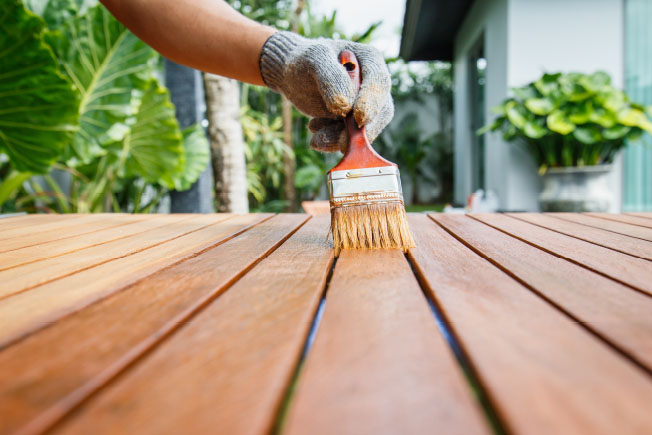
Why Impregnate?

Wood is a natural material. Untreated wood is perishable over time, mostly as a result of infestation by wood-decaying insects. Wood is also at significant risk from wood-decaying mould and fungi, which tend to affect timber in conditions of high humidity. The greatest risk concerns in-built outdoor timber or timber that is in direct contact with the ground or with water. Treatment with BOCHEMIT preservatives ensures that timber remains healthy for longer and extends its life significantly.

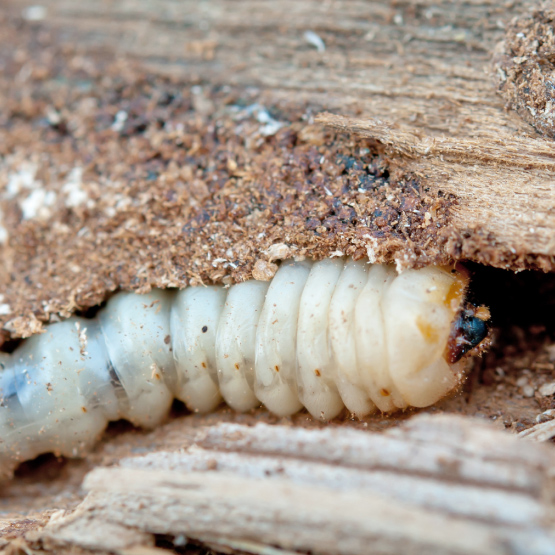
Wood-Decaying Pests

Wood-decaying pests can threaten a building’s structure and cause formerly elegant furniture to decompose into dust particles. These pests come in a diverse range of species, each developing under different conditions, and can complement one another and have undesirable interactions to cause irreparable damage. Biological pests can primarily be grouped into wood-decaying insects, fungi and mould. The latter attack the timber surface, thus opening the floodgates for wood-decaying fungi. While these agents are crucial to supporting natural life cycles by decomposing old, weakened and dead trees in the wild, their place is certainly not in the home.


What is wood preservation regulated?

Wood preservation is regulated by EN 335 - Durability of wood and wood-based products - Use classes: definitions, application to solid wood and wood-based products.
Regulation (EU) No 528/2012 of the European Parliament and of the Council of 22 May 2012 concerning the making available on the market and use of biocidal products (the BPR). Wood preservatives and the active substances which they contain must be approved in advance.
Wood preservatives used to treat timber that is permanently built into a building fall under the “established products” referred to in Act No. 22/1997 Coll. on Technical requirements for products, and must meet the technical requirements regulated by the domestic legislation of the EU Member State if it is to be made available on the EU market.

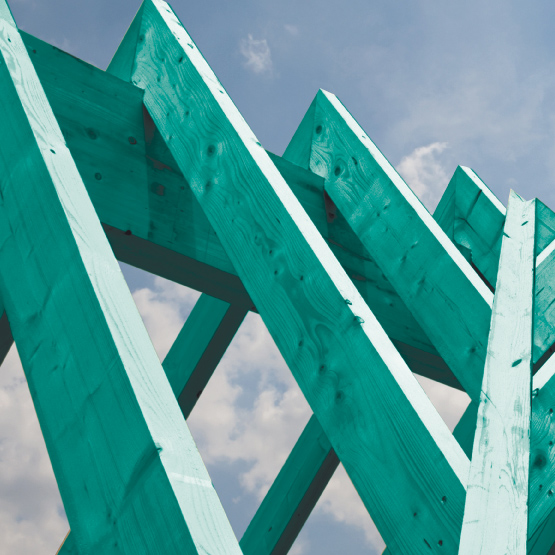
Impregnation Methods

The timber’s surface plays a major role in how the preservative is absorbed. Unplaned timber absorbs approximately twice as much preservative per unit area as planed timber. Another factor influencing the intake of preservatives is the slope of the timber. Around a third as much preservative is deposited in vertically-positioned timber as in horizontally-positioned timber.


Frequently Asked Questions

Wood is a natural material. Untreated wood is perishable over time, mostly as a result of infestation by wood-decaying insects. Wood is also at significant risk from wood-decaying mould and fungi, which tend to affect timber in conditions of high humidity. The greatest risk concerns in-built outdoor timber or timber that is in direct contact with the ground or with water. Treatment with BOCHEMIT preservatives ensures that timber remains healthy for longer and extends its life significantly.


